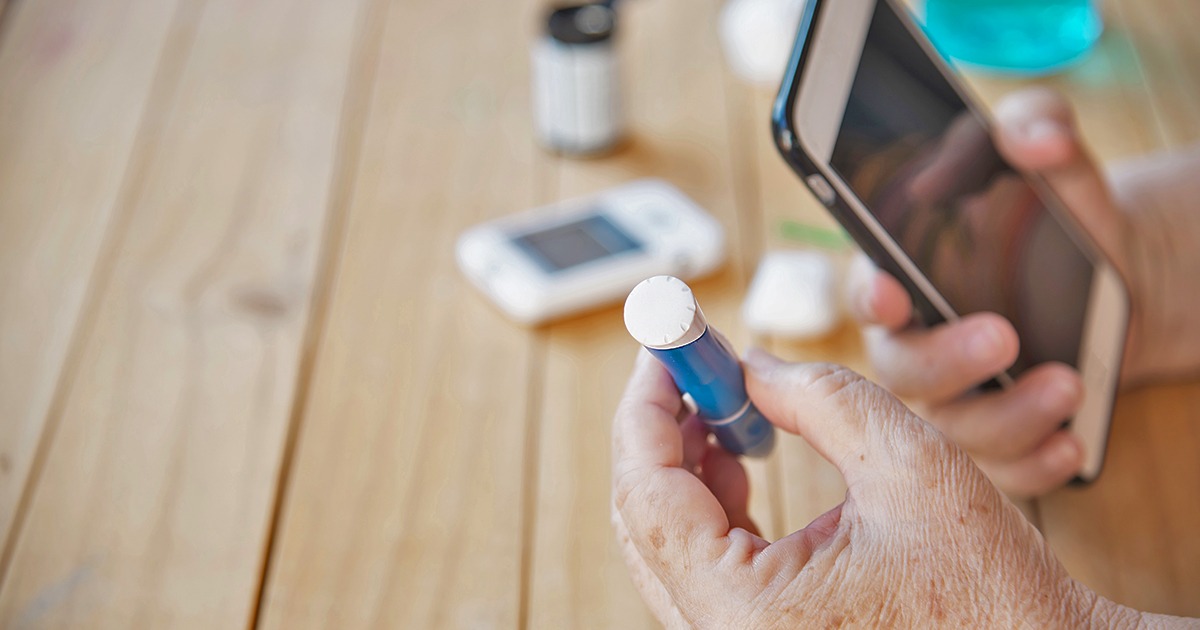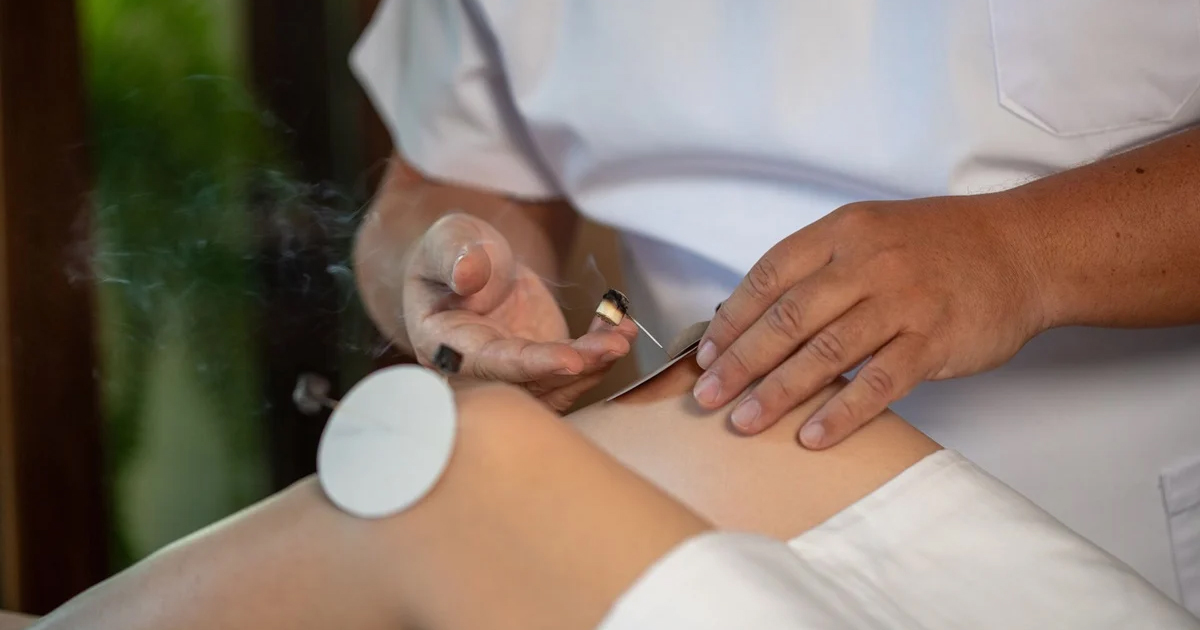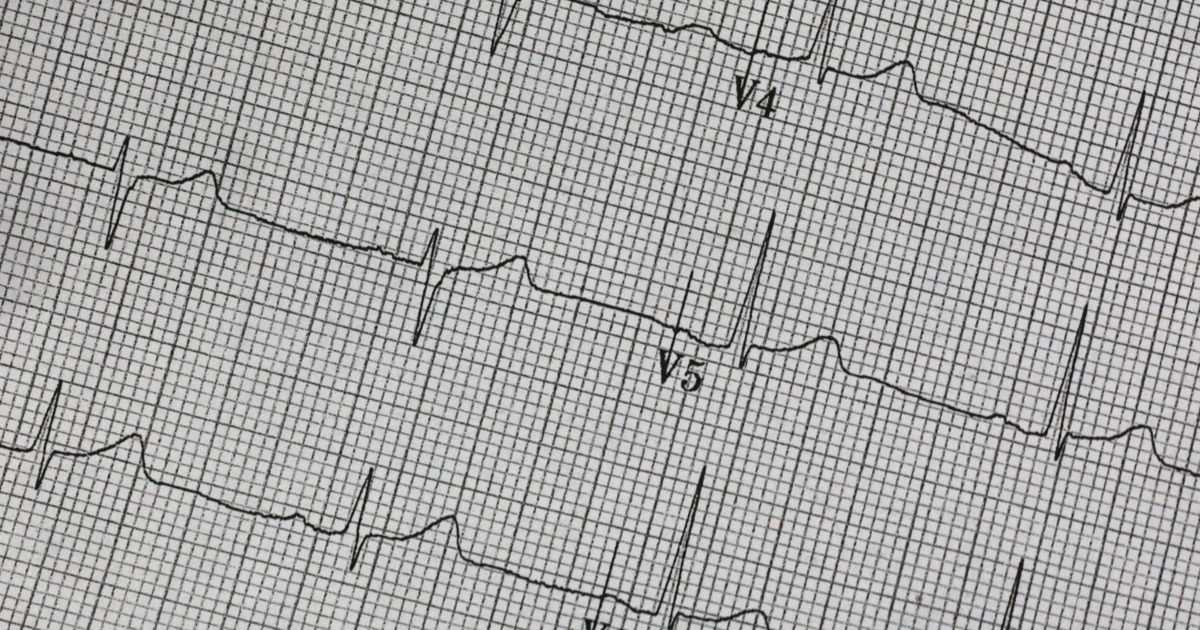En un estudio aún en revisión se estudiaron los signos fisiológicos asociados a esta enfermedad a través de dispositivos móviles conocidos como wearables, para predecir una posible hospitalización en pacientes con COVID-19.
Gracias a este tipo de dispositivos móviles es posible evaluar métricas de salud fácilmente medibles como la frecuencia a respiratoria, la frecuencia cardíaca y la variabilidad de la frecuencia cardíaca. Además de esto los wearables regularmente están conectados a teléfonos inteligentes, lo que permite recopilar datos demográficos y realizar un monitoreo de síntomas en los usuarios.
Por estas razones los dispositivos inteligentes, sean pulseras o teléfonos, juegan un papel importante en la investigación y en la toma de decisiones por parte de autoridades sanitarias, como ha ocurrido en Reino Unido con su aplicación COVID Symptom Study que permitió identificar contagios masivos y síntomas más frecuentes.
In the study called: Evaluación de los signos fisiológicos asociados con COVID-19 medidos con wearables que se encuentra en proceso de peer review o revisión por pares, se recopilaron datos de 1,181 pacientes con infección activa por virus SARS-CoV-2 entre el 21 de mayo y 14 de julio de este año.

Los investigadores entrenaron un clasificador de regresión logística para predecir la posible necesidad de hospitalización de pacientes, de acuerdo a los síntomas experimentados, edad, sexo, e Índice de Masa Corporal (IMC). Posteriormente entrenaron un clasificador de redes neuronales para predecir en días específicos si una persona está enferma al medir su frecuencia respiratoria y datos de variabilidad de la frecuencia cardiaca de ese día y los cuatro días previos.
De los pacientes mencionados anteriormente 11% no presentaron síntomas, el 47.2% se recuperaron en casa sin tratamiento específico y el 33.2% se recuperaron en casa con ayuda de otra persona. En cuanto a pacientes hospitalizados el 8.16% de los pacientes requirió hospitalización sin respiración artificial y un 0.44% requirió ventilador.
Respecto a los síntomas experimentados por los pacientes, el 54% presentó fiebre. Finalmente, de acuerdo a los datos que los pacientes registraron sobre sus síntomas obtuvieron, un AUC (área bajo la curva) de .077 +/- 0.05 para la predicción de necesidad de hospitalización y de acuerdo a los datos fisiológicos recopilados por el dispositivo y obtuvieron un AUC de 0.77 +/- 0.03 para la predicción de enfermedad en día específico.
En conclusión, los investigadores Aravind Natarajan, Hao-Wei Su y Conor Heneghan consideran que las métricas y los dispositivos utilizados para este estudio pueden ayudar a conocer un diagnóstico temprano de la enfermedad, ya que el ritmo cardiaco y el ritmo respiratorio se eleva debido a la enfermedad mientras que la variabilidad de frecuencia cardiaca desciende.







